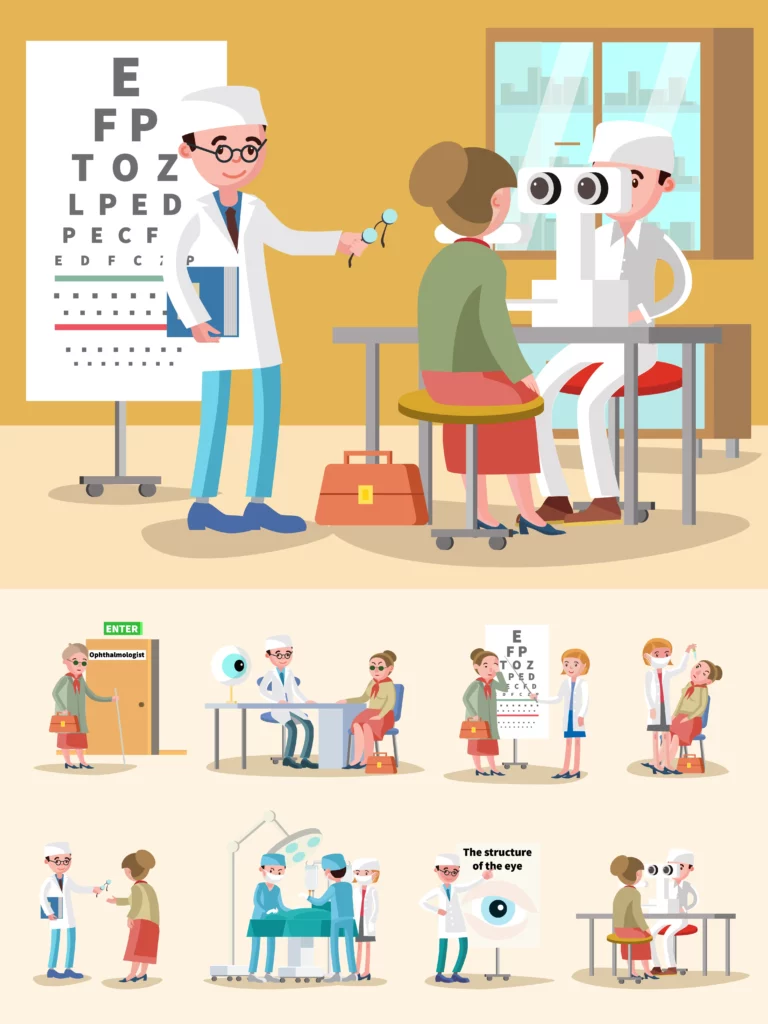
The integration of ophthalmology medical scribes has emerged as an excellent solution for healthcare providers seeking to optimize their documentation processes. In the realm of ophthalmology, the utilization of virtual medical scribes offers a host of benefits that can significantly enhance both the efficiency and accuracy of patient documentation. This blog post delves into the advantages of employing virtual medical scribes in ophthalmology practices, shedding light on the significant potential they hold.
Enhanced Efficiency and Workflow Optimization:
At the core of utilizing virtual medical scribes in ophthalmology is the remarkable elevation of practice efficiency. By relieving physicians of the arduous task of physically documenting patient encounters, virtual scribes enable a substantial reduction in the time required for note completion. This newfound efficiency translates into increased patient throughput, allowing ophthalmologists to attend to more patients in a given time frame.
Increased Accuracy in Patient Documentation:
Precision and accuracy in patient documentation are paramount in ophthalmology, where intricate details about vision, eye health, and ocular conditions play a crucial role in diagnosis and treatment. Virtual medical scribes, armed with specialized training, diligently capture these nuances, ensuring that no critical information is omitted or inaccurately recorded. This meticulous attention to detail safeguards the integrity of patient records and empowers ophthalmologists with comprehensive insights for informed decision-making.
Improved Patient Satisfaction and Experience:
Virtual medical scribes contribute to a tangible enhancement of patient satisfaction within ophthalmology practices. The expedited documentation process facilitated by scribes reduces patient wait times and allows physicians to invest more time in meaningful patient interactions. With the administrative burden lifted, ophthalmologists can engage in unhurried discussions, address patient concerns, and foster better doctor-patient relationships. This heightened patient-centric approach culminates in a positive and gratifying experience for patients.
Safeguarding Regulatory Compliance:
Regulatory adherence is a cornerstone of healthcare practice, and ophthalmology is no exception. The meticulous and accurate documentation provided by virtual medical scribes ensures that ophthalmologists remain compliant with regulatory requirements. This comprehensive documentation aids in mitigating compliance risks and potential legal complications, fortifying the practice’s reputation and integrity.
Cost-Effective Practice Enhancement:
The financial considerations associated with employing an in-person medical scribe can be a significant factor, particularly for smaller ophthalmology practices. Virtual medical scribes offer a cost-effective alternative by allowing practices to contract scribe services as needed. This flexibility eliminates the financial burden of hiring a full-time employee, making enhanced practice efficiency accessible to practices of varying sizes.
In conclusion, the integration of ophthalmic medical scribes in eye care practices presents an array of benefits that extend beyond streamlined documentation processes. The combination of enhanced efficiency, elevated accuracy, improved patient satisfaction, regulatory compliance, and cost-effectiveness makes virtual medical scribes invaluable assets in the quest for exceptional patient care. By utilizing real-time medical scribes, ophthalmologists can channel their expertise and energy to enhance patient interactions, diagnostic skills, and overall practice success.
